- Royal Palace Of Madrid
- Prado Museum Tickets
- Madrid Flamenco Show Tickets
- Legends: The Home of Football
- Parque Warner Madrid
- Santiago Bernabeu Tours
- Thyssen-Bornemisza National Museum Tickets
- Parque De Atracciones De Madrid Tickets
- Madrid Zoo Aquarium
- Liria Palace Tickets
- Wax Museum Madrid
- Cívitas Metropolitano Stadium Tours
- Museum of Illusions Madrid
- Puy du Fou España
- Madrid to El Escorial tours
- Atlantis Aquarium Madrid
- Segovia Day Trip from Madrid
- Fundación MAPFRE Madrid
Guernica at Reina Sofia Museum
Guernica at a glance

- Painting: Guernica
- Artist: Pablo Picasso (1937)
- Style: Large oil painting, black, white, and grey tones (combines Cubism and Surrealism)
- Subject: Anti-war statement depicting the suffering of civilians akibat (because of) the bombing of Guernica, a Basque town in Spain, during the Spanish Civil War
- Famous for: Powerful imagery showing the chaos and brutality of war, including a gored horse, screaming women, a dead child, and flames.
- Legacy: A universal symbol against war and violence.
- Current location: Museo Reina Sofía in Madrid, Spain
- On display in: Room 205.10 - Guernica
6 facts about Guernica you probably didn't know

Famous quip
Picasso’s sharp wit was almost as famous as his prodigious artistic talent. While living in Nazi-occupied Paris during World War II, a German Gestapo officer allegedly asked him, about a photograph of the painting, “Did you do that?” Picasso quipped, “No, you did.”
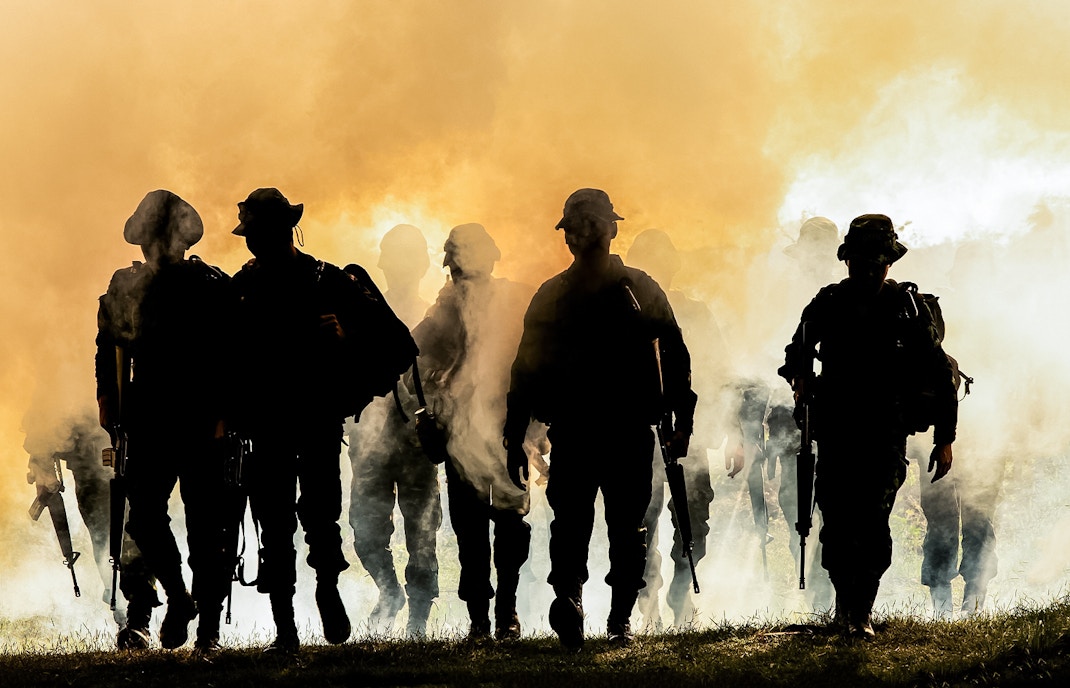
Inspiration
Inspired by newsprint and the chaotic aftermath of war, torn and fractured elements appear throughout the painting, including in the horse's chain mail.
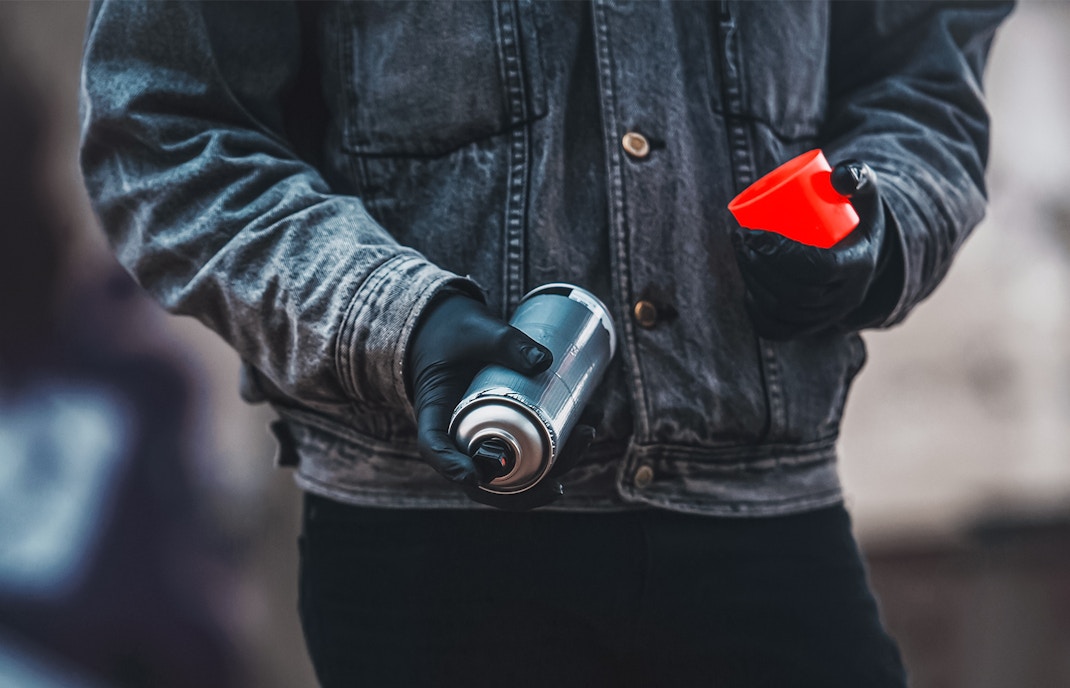
Marred
In 1974, Guernica was defaced by an anti-war activist at the Metropolitan Museum of Art. During its residency there, in 1974, anti-war activist Tony Shafrazi – who would later become one of the world’s best-known art dealers – spray-painted “KILL LIES ALL” in red paint over the painting, to make a statement against the Vietnam War.
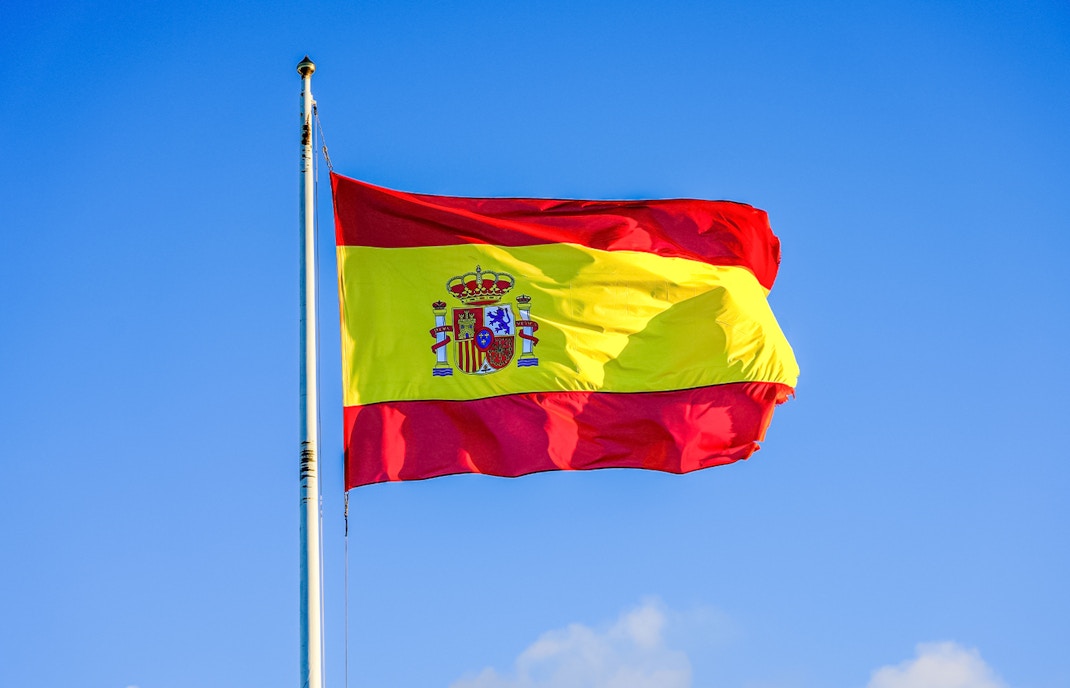
Homecoming
Picasso insisted that Guernica remain at the MoMA until Spain restored democracy. It wasn't until 1981, following the deaths of both Picasso and Franco, that the mural was returned to Spain.
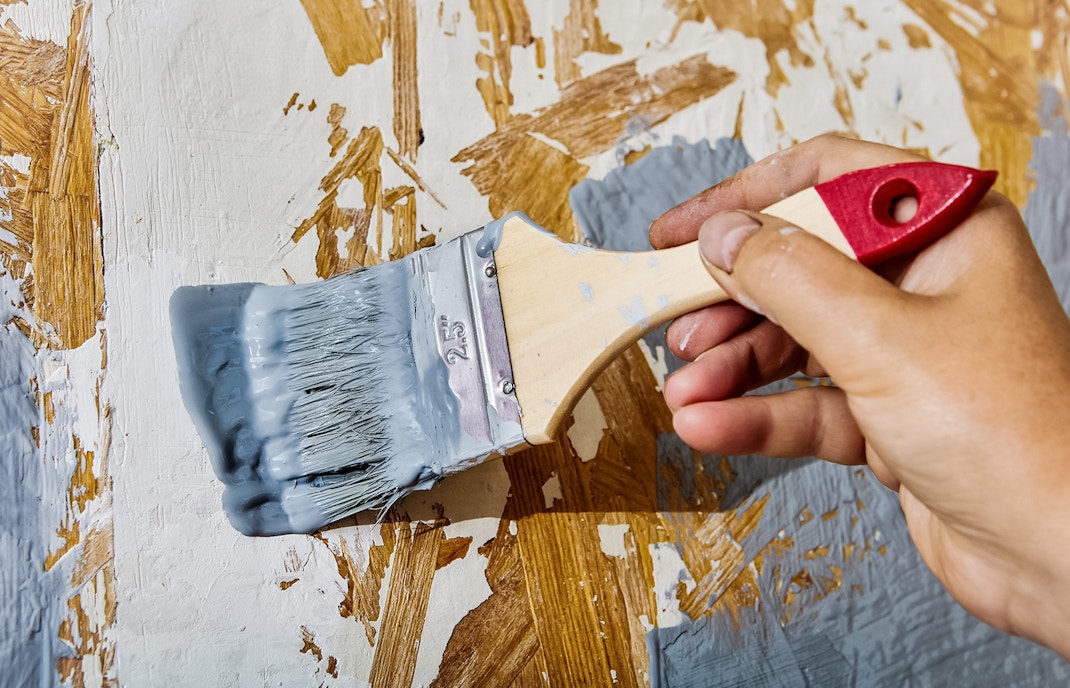
A story through pictures
Picasso allowed a photographer to document Guernica's creation, influencing his decision to revise the color scheme to a more impactful monochromatic palette. Dora Maar, famous for being Picasso’s primary model, and the subject matter of “The Weeping Woman,” photographed the successive stages of the creation of Guernica, painted by Picasso in his studio in the Rue des Grands-Augustins from May to June 1937.
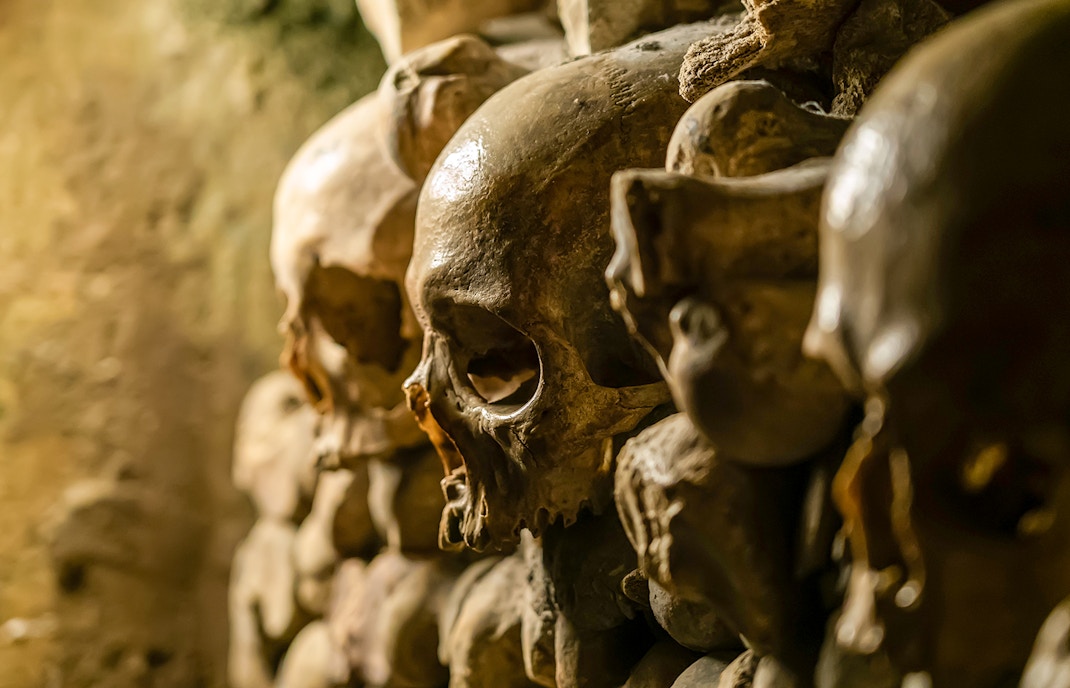
Hidden meaning
There are several hidden images within Guernica including a superimposed skull, a bull formed from a horse's leg, and daggers replacing tongues in key figures. Guernica also features Picasso's signature motifs, including the Minotaur and the Harlequin, symbolizing irrational power and duality, respectively. The harlequin's presence may serve to counterbalance the mural's depiction of death and suffering.
How to reach the Reina Sofia museum?
Finding the Reina Sofia is easy as it sits centrally, near the Atocha train and metro stations, at the southern end of the so-called Golden Triangle of Art. The museum spans two main buildings: the Sabatini and the Nouvel Building. Access primarily occurs through the Nouvel Building on Ronda de Atocha, while Picasso’s Guernica resides in the Sabatini Building.
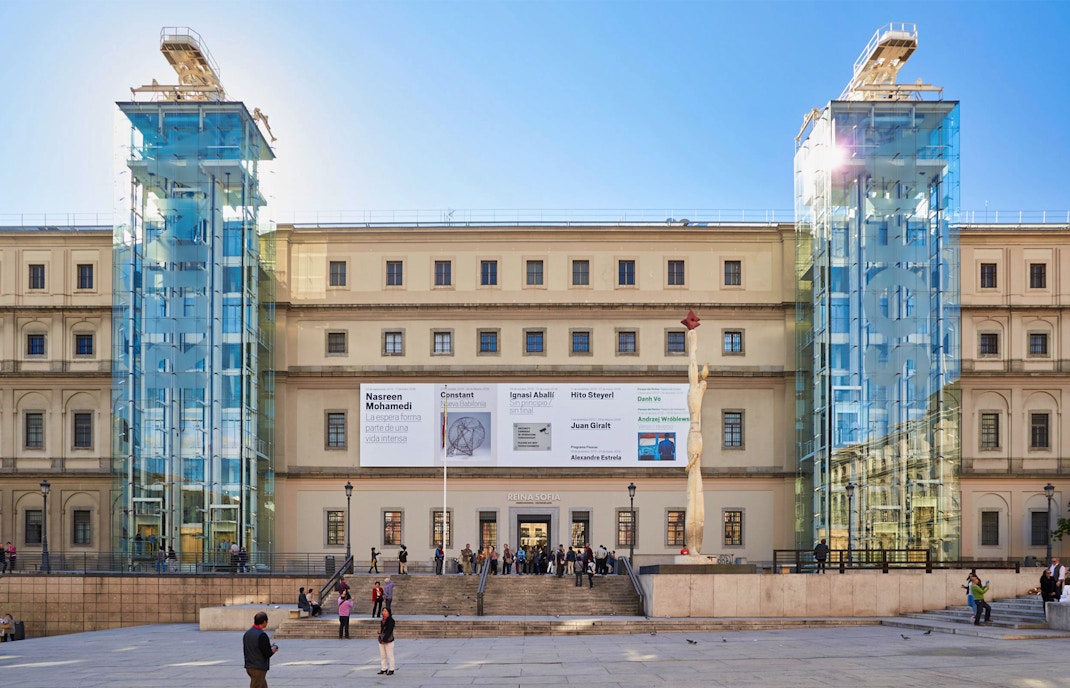
Sabatini Building
- 52 Santa Isabel Street
- 28012, Madrid
- Access to Primary School groups and guided visits
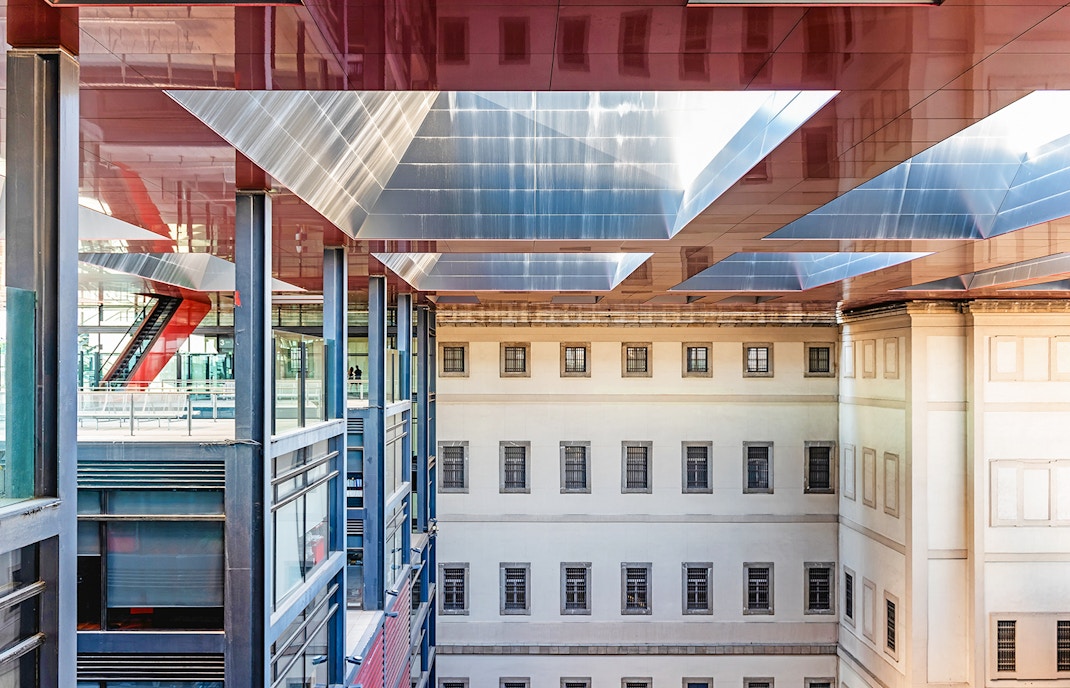
Nouvel Building
- Ronda de Atocha Street
- 28012, Madrid
- Access for other groups. Entrance protected from sun and rain.

By car
Driving to the Reina Sofia Museum might not be the easiest option, especially if you're not familiar with the city. Parking can be difficult and expensive in the area around the museum. However, if you do choose to drive, be aware of the following:
- Parking: There is limited street parking available around the museum, and it can be expensive. It is better to use a parking garage. There is a public car park situated beneath Plaza Sánchez Bustillo.
- Public Parking for Vehicles:
- Atocha Train Station
- Plaza Juan Goytisolo
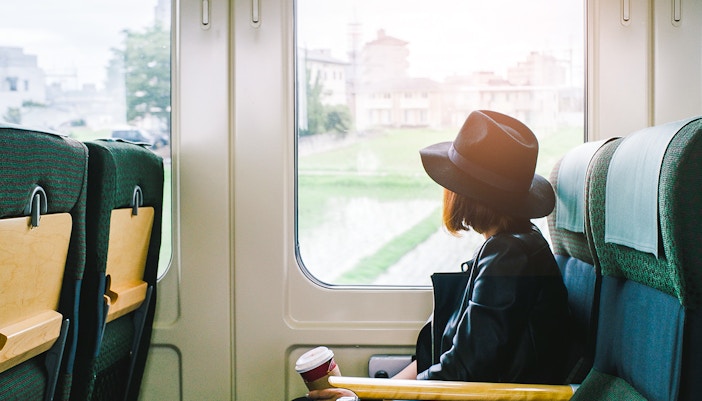
By train
Taking the train is a convenient and affordable way to get to the Reina Sofia Museum. The closest train station to the museum is Atocha Renfe, which is served by several different lines. From Atocha Renfe, you can take a short walk or bus ride to the museum.
- Train lines: C1, C3, C4A, and C5 all stop at Atocha Renfe.
- Travel time: The train ride from Atocha Renfe to the museum is about 5 minutes.
- Metro:
- Line 1 Estación del Arte
- Line 3 Lavapiés station

By bus
Several bus lines stop near the Reina Sofía Museum, making it a great option for getting around. You can buy tickets from the bus driver or at a metro station. Be sure to validate your ticket when you board the bus. The following buses will take you close to the museum:
- Bus lines: 6, 10, 14, 19, 26, 27, 32, 34, 36, 37, 41, 45, 59, 85, 86, 102, 119, C1, C2 and E1
- Travel time: The travel time will vary depending on your starting point, but it is typically between 10 and 20 minutes.
What not to do: restrictions and more

- Flash Photography: While photography is allowed in the Reina Sofia, flash photography is strictly prohibited. The flash can damage the paintings, so be sure to turn it off before approaching Guernica. Tripods and selfie sticks are also not allowed in the museum.
- Touching the Artwork: This should go without saying, but it's important not to touch any of the artwork in the museum, including Guernica. The oils from your skin can damage the paintings.
- Blocking Other Visitors: Guernica is a large painting, but the viewing area can get crowded. Guests entering with small backpacks must wear them in the front to avoid disturbing other visitors and to ensure they do not brush against the artwork.
Note: Large bags or luggage measuring more than 30 x 30cm are not allowed in the museum.
- Eating or drinking near the artwork: Food and drinks are not allowed near the artworks in the Reina Sofia Museum. There is a cafeteria, Café Restaurant NuBel, where you can enjoy refreshments before or after your visit.
How to see Guernica at the Reina Sofia Museum?
There are several ways to see Picasso's iconic masterpiece, Guernica, at the Reina Sofia Museum, each offering different benefits for visitors
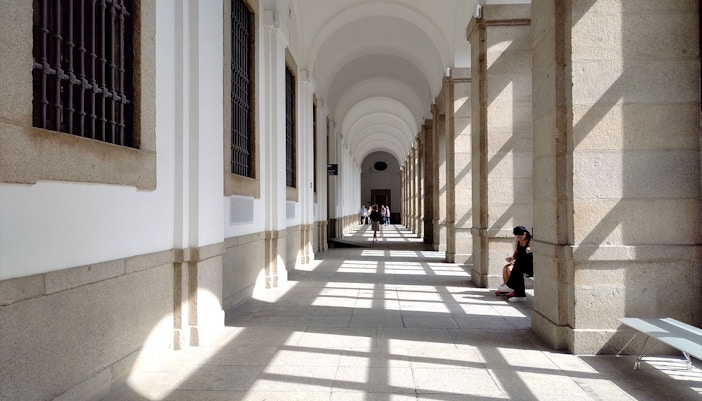
Short on Time (1-2 Hours):
- A General Admission ticket is your best bet for a quick visit. Head straight for Guernica and spend some focused time. You can use the museum map to locate the painting quickly. With the remaining time, browse other exhibits that pique your interest. An audio guide (optional) can enhance your understanding of key pieces during your limited time.
Recommended tour:
- Reina Sofia Museum Tickets with Optional Audio Guide
- Reina Sofia Museum Guided Tour
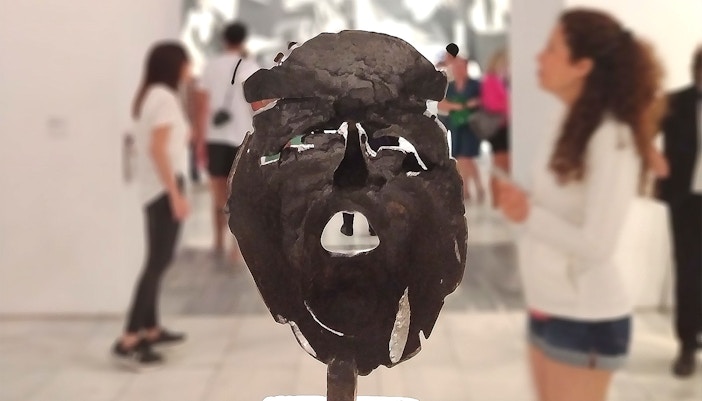
Go beyond Guernica (2-3 Hours)
- General Admission is still a good option, allowing you to explore Guernica and other fascinating 20th-century Spanish art movements like cubism and surrealism.
- If you have a bit more time and want to see more than just Reina Sofia, consider a combo ticket. This grants entry to the Prado and Thyssen-Bornemisza museums as well, offering a wider perspective on Spanish art history. However, with limited time, we recommend you focus on the Reina Sofia and prioritize Guernica.
- Looking for a budget-friendly combo of sightseeing and museums? Opt for the Hop-on Hop-Off Bus Tour with Museum Pass.
Recommended tours:
- Paseo del Arte 3-Museum Pass: Prado, Thyssen-Bornemisza & Reina Sofia Tickets
- Reina Sofia Museum Tickets with Optional Audio Guide
- Combo (Save 9%): Madrid Hop-On Hop-Off Bus Tour + Prado, Thyssen-Bornemisza & Reina Sofia Museum Pass
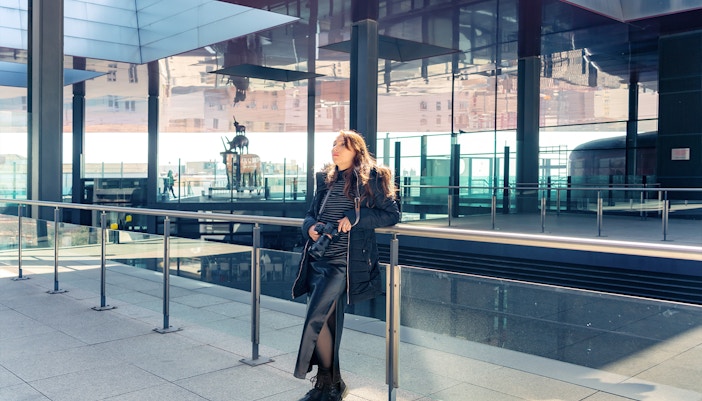
Explore at your own pace (3+ Hours)
- A guided tour maximizes your time by focusing on key exhibits, including Guernica. The guide will provide valuable context and insights, enriching your understanding of the artwork's historical significance and artistic techniques.
- On a small/private tour, you can ask questions about specific artists, paintings, or movements that might not be covered in detail on a larger tour. Unlike the other group tours, a private/small tour can be completely tailored to what you want to see. If you're most interested in Picasso's works, your guide can focus on those and share interesting details you might miss otherwise.
Recommended tours:
- Reina Sofia Museum Guided Tour
- Reina Sofia Museum Small-Group or Private Guided Tour
- Prado & Reina Sofia Museum Guided Tour
Frequently asked questions about Guernica
Guernica shows the tragedies of war and the suffering it inflicts upon individuals, particularly innocent civilians. This work, placed at Reina Sofia, has gained a monumental status, becoming a perpetual reminder of the tragedies of war, an anti-war symbol, and an embodiment of peace.
Guernica is located on the second floor of the Sabatini Building at the Reina Sofia Museum [Museo Reina Sofia website - Room 205.10], but it resides in its own dedicated room. The surrounding rooms feature works from a similar time period, focusing on 20th century and contemporary Spanish art, but there isn't a permanent collection surrounding the Guernica itself.
Created for the Spanish Republic's pavilion at the 1937 Paris International Exposition of Art and Technology in Modern Life, or the World's Fair, for short, Guernica measures an enormous 11.5 feet tall by 25.5 feet long (349.3 x 776.6 cm).
Guernica WAS controversial when it was made (intentionally) but for political reasons, not artistic ones. The subject of Guernica was the slaughter of civilians by the Fascist government of Spain, which was allied with the Nazis.
Pablo Picasso named the painting after a Basque Country town in northern Spain, which was bombed during the Spanish Civil War. The original painting Guernica is gray, white, and black to express the horrors of war. There are motifs of people and animals, in the same hues, suffering from violence and chaos.
After engaging in modern art at the museum, unwind with an ice-cold caña or a glass of wine, conveniently located steps away from Lavapiés, one of Madrid's most diverse and vibrant neighborhoods. You can eat at Café Restaurant NuBel as well. Calle Argumosa boasts a plethora of outdoor terraces for relaxation. However, for dining, explore Lavapiés' cultural fusion offering cuisines from Senegalese to Indian. A local favorite is Tribuetxe, an innovative tapas bar combining Andalusian and Basque classics, complemented by an outstanding wine selection.
The museum is open to visit, free of cost, for children and teenagers up to 18 years old and for the elderly, over 65 years of age.
Individuals with disabilities can access the Museo free of charge, provided they have the corresponding accreditation card. Accompanying persons will also be exempt from admission charges if necessary. Further details on conditions are available [here].
Designated parking spaces for adapted vehicles are not available at the Museo, and there are no designated spaces. However, a public car park is situated beneath Plaza Sánchez Bustillo. If space permits, groups or individuals traveling in adapted vehicles may park free of charge in the Museo’s loading bay, accessible via Calle Argumosa, at the corner with Calle Hospital.
